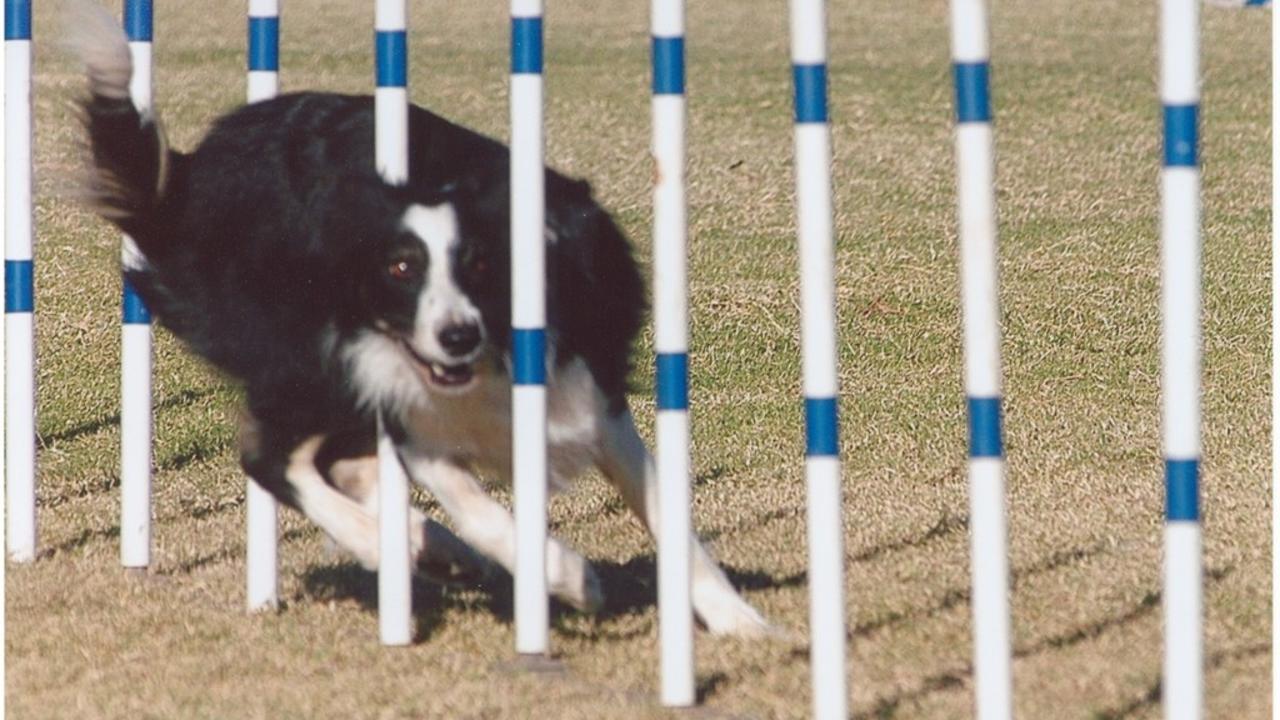Using Videos in your Dog's Sport and Fitness Training

Videos are one of the most helpful, but often underutilized, tools that a canine sports competitor has available to improve performance. Performance in agility, fly ball, dock diving, conformation, herding or whatever your chosen sport, can all improve with the use of frequent video reviews. Videos are tremendously helpful in identifying performance issues, miscommunication problems, and weaknesses. For instance, in agility, reviewing video of how your dog is doing the weave poles in particular, can really help identify spinal or front leg issues that might be brewing in your dog. These video reviews not only help identify potential problems with sport specific skills but also provide feedback in your dog's fitness training progress.
We, at K9 Fitness Solutions, recommend that videos be reviewed often. Even when no issues are apparent, a quick video review may help identify minor issues before they become major problems. A video created and reviewed on a regular basis also provides a baseline to compare to in the future if issues do manifest. Any reduction or even variation in your dog's performance warrants a careful review of current and previous videos to look for clues as to why your dog's performance is different. We recommend videos be done every 3-6 months as a baseline and at the first hint of possibly reduced performance or a change in your dog's technique. Videos should be done for all of the following, during training and competition:
- Performing an entire training run, in your dog’s chosen sport.
- Performing each individual sport specific skill in training, one at a time.
- Performing in competition, in its entirety.
Not only do videos come in very handy during participation in canine sports but also in fitness training. In fitness training videos we are looking for any deviations away from proper form for a given exercise as well as a variation or reduction in performance. We recommend videos be used in the following scenarios when fitness training:
- Performing an exercise that your dog is having difficulty doing.
- Performing a new fitness exercise that your dog is learning, to help ensure proper form is being learned.
- Performing an exercise that you think your dog has mastered so that you can ensure proper technique before progressing.
- Performing an exercise that you are having trouble figuring out how to communicate what your dog needs to do to be successful.
These are a few basic guidelines for creating the best video for review.
- Shoot at the perfect distance. Shooting too close means you won’t be able to see your entire dog in the frame. Even more important may be that you need to include your entire body in the frame too. Being too far away will make it difficult to see more subtle issues in both your dog and your handling. Fortunately, many cameras and apps now allow you to zoom in, but sometimes resolution is lost when you do this.
- Shoot from the dog's level. This allows the best vantage point to observe your dog’s form.
- Shoot from multiple positions. Side views are necessary when checking for form, but angles from the rear and/or front, depending on the exercise or activity, give a better overall assessment of how your dog is performing.
- Edit your video to remove any setup or transition time. This one is most helpful when you are having others review your video and want to respect their time. But even when it’s your own time, it’s nice not to have to sit through 10 minutes of video to see the 30 seconds you wanted.
- Make sure you have good lighting. This is especially true if you have a dark dog. Trying to see a black dog in a dimly lit area is challenging at best.
- Reduce background noise. In some cases, sound may not be needed at all, but if you are interested in hearing verbal cues then you need sound with minimal disruptive background noise.
Any reduction in your dog's performance, whether in their sport or in their fitness training, dictates a visit to a qualified sports medicine/rehab professional to first rule out a possible medical problem. Many medical issues in canine athletes are subtle in their initial appearance. They may only manifest themselves during sport training or fitness training. Once a medical issue is ruled out then the conditioning and fitness level of your dog is likely the culprit. At this point in time, a high quality targeted fitness and conditioning program, ideally one supervised by a sports medicine/rehab professional such as our online courses, is the next step to help you pinpoint the weaknesses and work on targeting those areas to improve performance.
For more information about our online courses and to read more of our blogs click here.